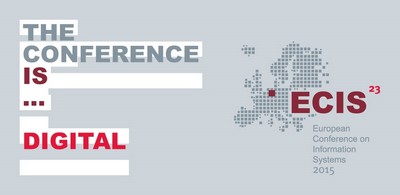Abstract
HCI research has acknowledged the importance of aesthetics for user interfaces by examining its ef-fects on users’ attitudes and reactions. However, evidence for effects on task performance is mixed. By manipulating chat background colour in a within-subjects design, this study investigates the effects of a less attractive vs. attractive chat interface in a collaborative setting. Participants performed the simulated role of a nurse, a doctor, laboratory technician, or specialist as a member of an emergency response team that had to diagnose patients within a given time. The data of 184 participants during three rounds of the same task was analysed for effects of the colour manipulation on emotion, affect, and team performance. Chat background colour was randomly varied in round 2 and 3. Although par-ticipants clearly preferred the attractive to the less attractive version, analyses of variance revealed that neither their attitudes nor their performance as a group was significantly influenced by the colour manipulation. We discuss (1) further analyses on the individual level and qualitative analyses of the chat protocols, (2) possible explanations such as the performance criterion, nature of the task, and aesthetics manipulation, and (3) future directions for research on the link between aesthetics and per-formance.
Recommended Citation
Douneva, Maria; Haines, Russell; and Thielsch, Meinald T., "Effects Of Interface Aesthetics On Team Performance In A Virtual Task" (2015). ECIS 2015 Research-in-Progress Papers. Paper 60.
ISBN 978-3-00-050284-2
https://aisel.aisnet.org/ecis2015_rip/60


